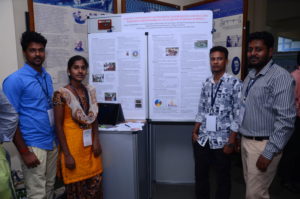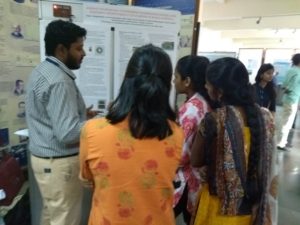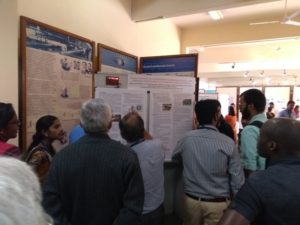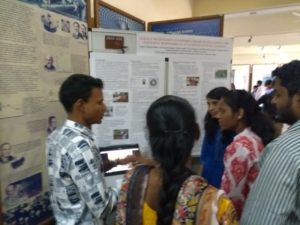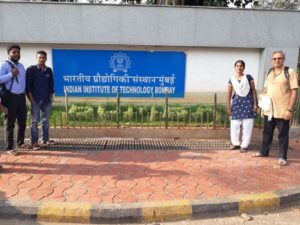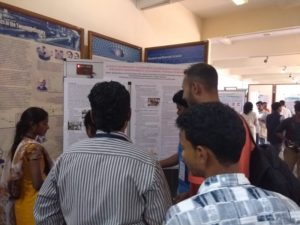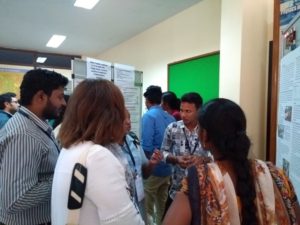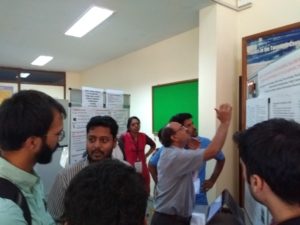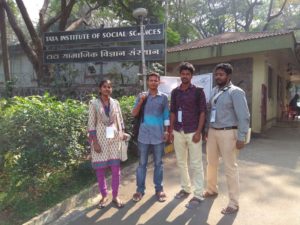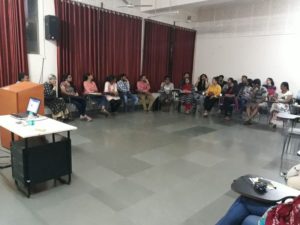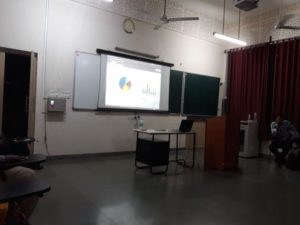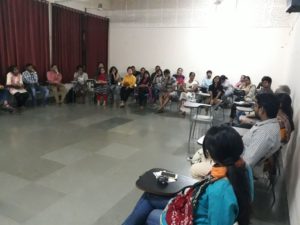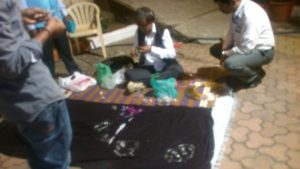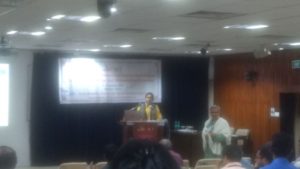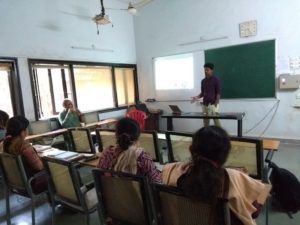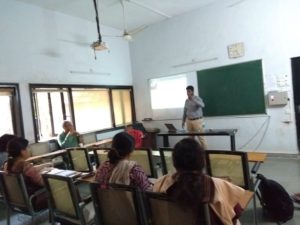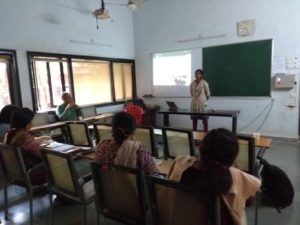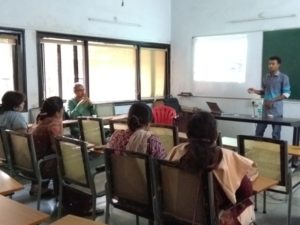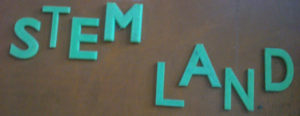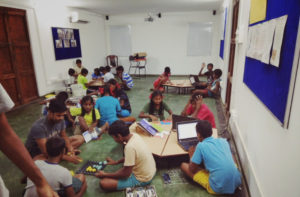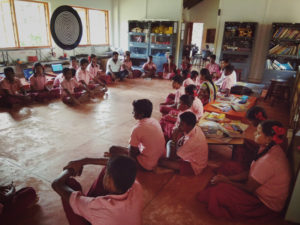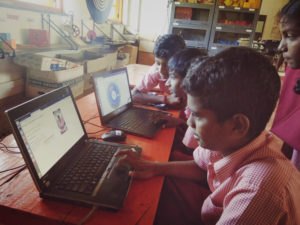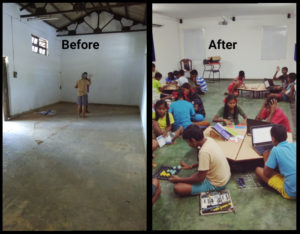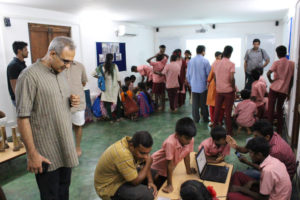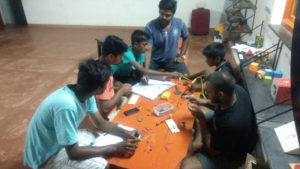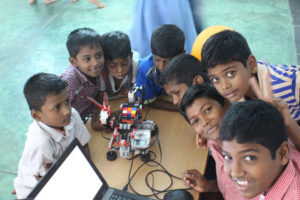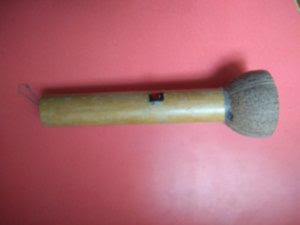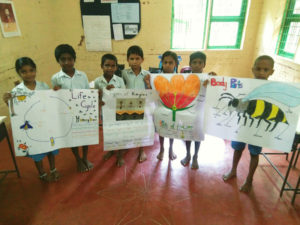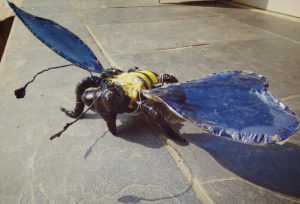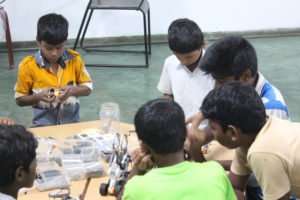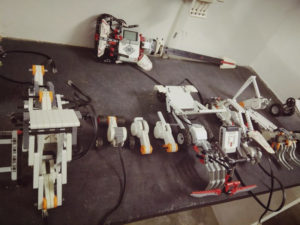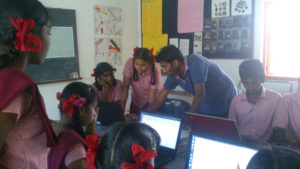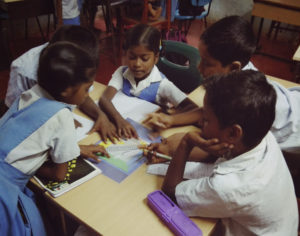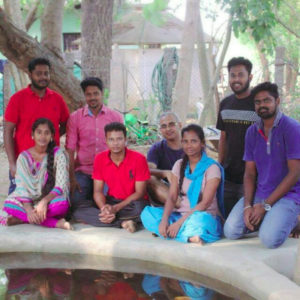At STEM land -AAD our tag line is learn, grow, work, teach. We work in various ways on our growth. I recently participate in a Vipassana course. I found it useful in various ways.
I am noting my understanding of the technique of Vipassana based on my experience, the evening discourses and from the conversations about it later.
1) What is taught at Vipassana is Sila, Samadhi and Panna.
a)Sila is the morality.
* Do not kill any living being
* Do not tell lie
* Do not steal
* Do not take any type of drugs
* No sexual misconduct
Why?
When we break Sila it needs a strong volition of the mind. This is the volition we are trying to dissolve through Vipassana.
b) Samadhi is concentration of the mind
Anna-panna helps us to concentrate by concentrating on breath. We choose breath to concentrate because it is the universal Truth and everyone can experience it.
It also links with breath which changes with emotions and allows to notice ourselves.
This is Samma-Samadhi the right kind of Samadhi.
It can also teach equanimity by not having attachment to breath that comes in or goes out.
It also helps us to understand the law of nature that is impermanence (Anicha) that is ‘constantly changing’.
c)Panna is wisdom
Suthamaya panna – wisdom I get when I listen to someone I respect or have faith in
Chintamaya panna – wisdom from thinking about something and understanding intellectually
Bhavanamaya panna – wisdom gained from the Truth experienced by me
Vipasana focusses on Bhavanamaya panna
We notice that mind and matter are related
2) We have 6 sense doors – 5 external (see, hear, smell, taste, touch) and the mind that brings a thought.
Phassa – contact with 6 sense doors results in
vinnana- recognition
tanha – identify or gives decision
vedhana- sensation
sankara – craving and aversion. The subconscious mind reacts to the sensation in this way.
Phassa leads to vinyana leads to tanaha leads to vedhana leads to sankara
Vipassana gives us access to change the habit pattern of our subconscious mind of craving and aversion.
We are aware of only 2% of our thoughts, this gives us access to train the 98% of our thoughts.
3) The two important wheels of Vipassana are awareness of sensations and equanimity. Without awareness of sensations we cannot get to the subconscious mind. Without equanimity we cannot change its habit pattern of reaction.
4) Metta – share my unconditional peace, love and happiness with others and care for all living beings.
Please visit dhamma.org


